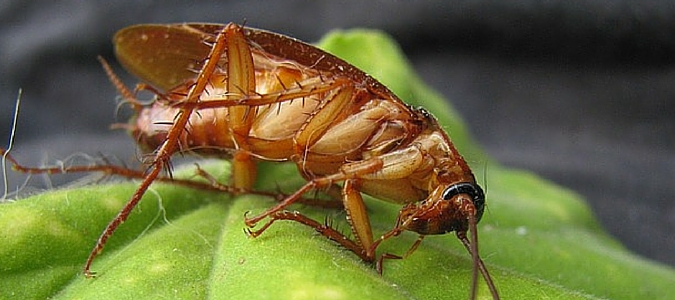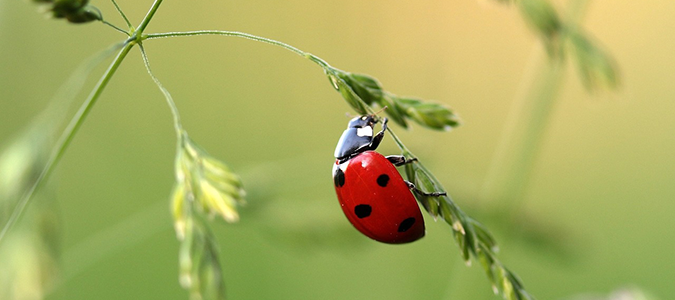A Homeowner’s Guide to Austin Wildlife
When most people think about wild animals, they imagine wildlife in secluded or wooded areas. However, there are plenty of different types of wildlife roaming the streets of Austin. Since some creatures can be dangerous, homeowners should be familiar with the wild animals sharing their city.What Types of Wildlife Live in Austin?In addition to a wide variety of birds, there are several small wild animals living in Austin. Opossums, squirrels, deer, foxes, coyotes, groundhogs, rats, mice, moles, skunks, raccoons, bats, and snakes are reported frequently. Some people also report seeing armadillos occasionally. Beavers, muskrats, weasels, iguanas, gophers, and porcupines have been sighted, but are rarer than the previously mentioned animals. Some types of wildlife are more common in certain areas of the city.Which Animals Pose a Threat to Homeowners?
Homeowners should be concerned about the animals that can be considered common pests. Animals such as deer, coyotes or skunks are not … Read Full Post »

